Share the article
Table of Contents
All cities on the Mediterranean have a certain sameness, reasoned Paul Theroux in his brilliant round-the-Med odyssey, The Pillars of Hercules. The cities on the sea shared more with each other, he argues, than with cities in their own countries that weren’t on the coast: Latakia on the Syrian coast is more akin to Dubrovnik than Aleppo, that sort of thing.
It’s true of most cities on the Mediterranean, with the notable exception of Tel Aviv, and even there it’s mostly true anyway. The architecture, the lovely breezy streets, the Crusader fortifications: it could be coastal Turkey or Greece, or even southern France. There’s that telltale slow-moving traffic of a Mediterranean city, the old town with cobbled, winding streets, the mouthwatering seafood, the miles of pristine beach.
But Tel Aviv is unmistakably in Israel, and shares more with Jerusalem or Haifa than with Beirut or Bodrum.
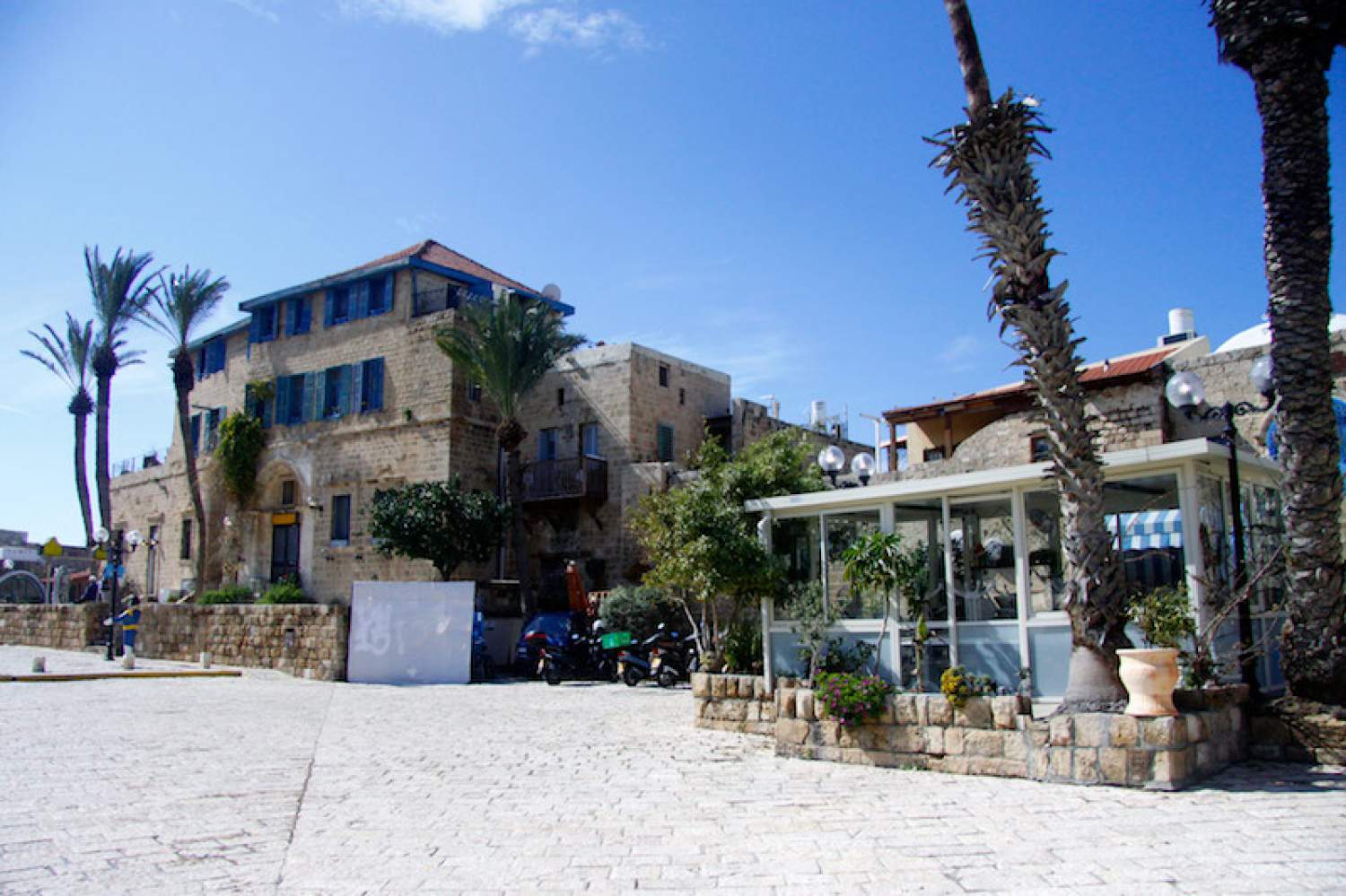
Getting settled in Tel Aviv
Tel Aviv is a remarkably easy city to get settled in. Taxis are ubiquitous and easy to find on the main arterial roads, but the central part of the city is small enough to walk around and more interestingly explored on foot.
The bigger (and international chain) hotels are concentrated in the northern section of the city, close to the beach, and boutique hotels or AirBNBs are easy to find in the denser residential neighbourhoods between the central bus and train station and the old port at Jaffa.
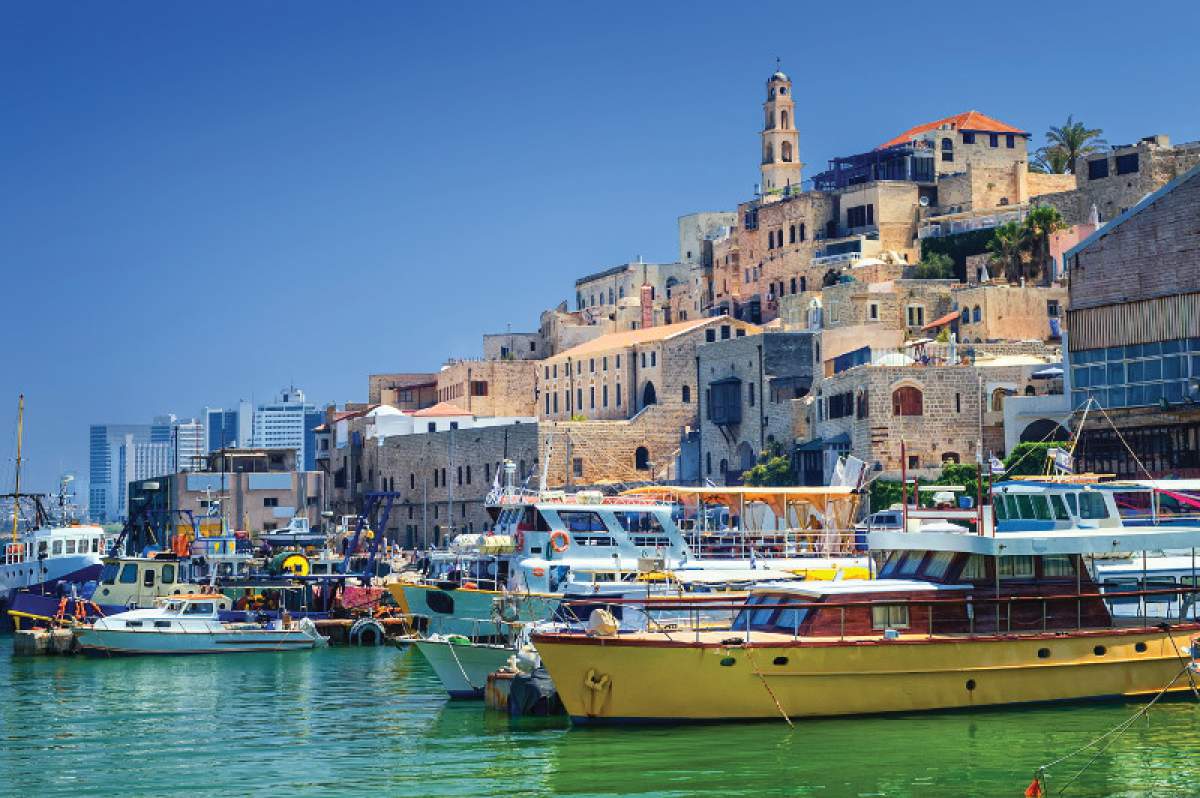
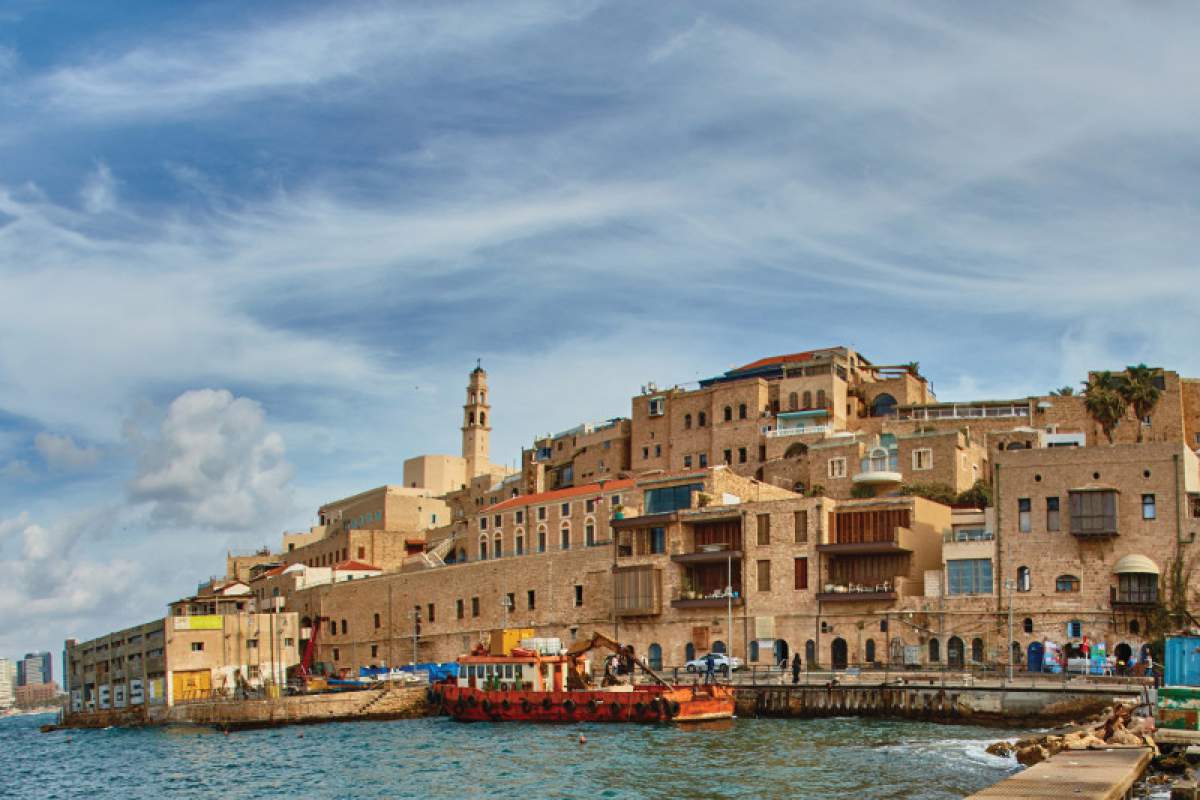
Restaurants and bars are of course peppered throughout the city, but the best, along with the best boutique clothing and interior design shopping, can be found in the intimidatingly cool Neve Tzedek district, and in particular along Shabazi Street. Leafy, pedestrianized Rothschild Street is also lined with restaurants and some decent bars, and the local hipsters swear by the tiny Florintin district (just a 10-minute walk from Neve Tzedek) as the best neighbourhood in Tel Aviv. For a fully gentrified experience, visit the HaTachana, Tel Aviv’s old railway station turned into al fresco cafes and shops including the excellent Gaya, a wooden puzzle shop that’s worth the trip on its own. (There’s also one in the gentrified old train station in Jerusalem if you miss it in Tel Aviv.)
In with the old
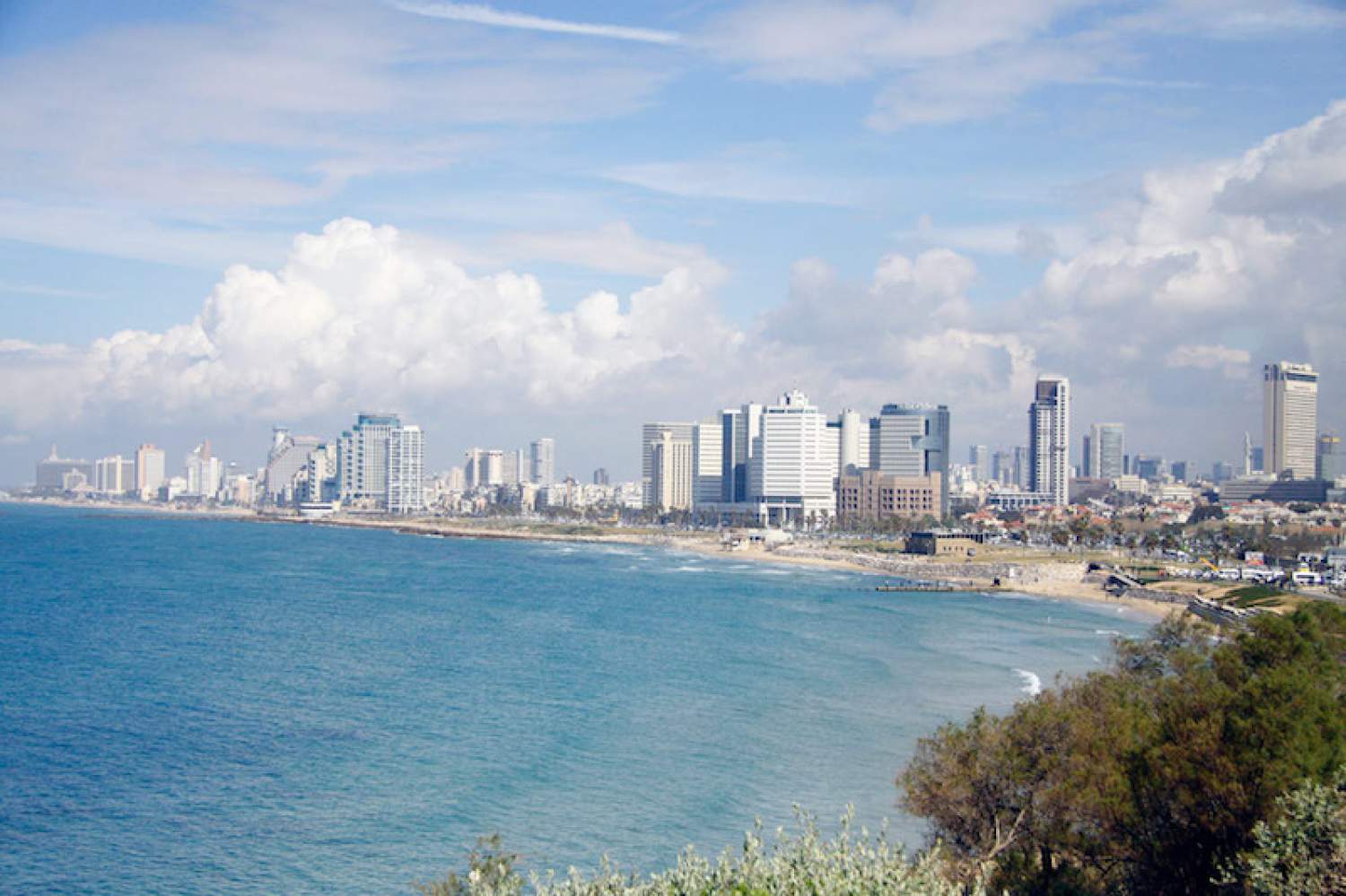
Even on a short trip, the old port is well worth a visit. Tel Aviv is a remarkably modern city, with early 20th Century apartments slowly being eclipsed by reflective-glassed condos and a host of hipster food obsessions (hot dog carts, taco stands), so it’s easy to forget that this is an ancient place.
And when talking about Jaffa, we mean really ancient. It dates back about 7,000 years and, like most things around here, has biblical significance: Jonah departed from here before being gulped down by a whale. It’s still used as a fishing port, but the restaurants and galleries make it an interesting wander from the central part of town. And instead of the flat, even sidewalks of downtown Tel Aviv, Jaffa is cobbled streets and steep, winding staircases.
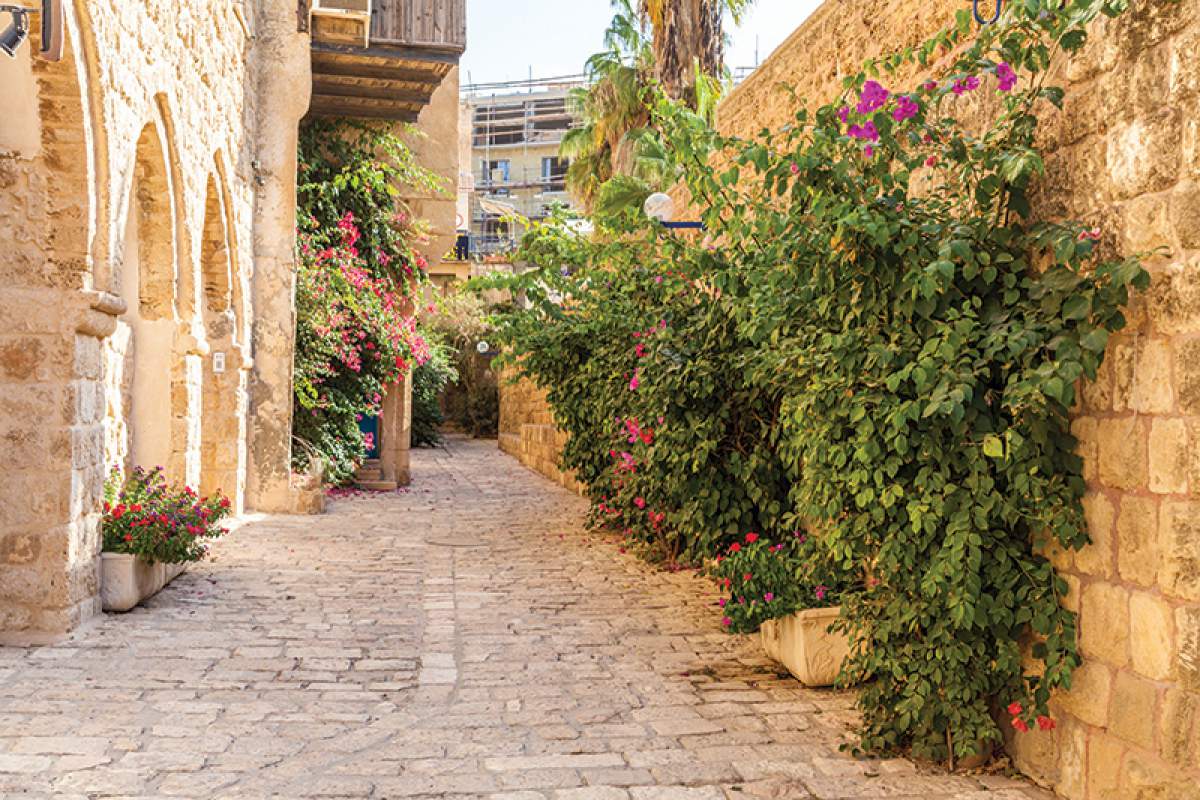
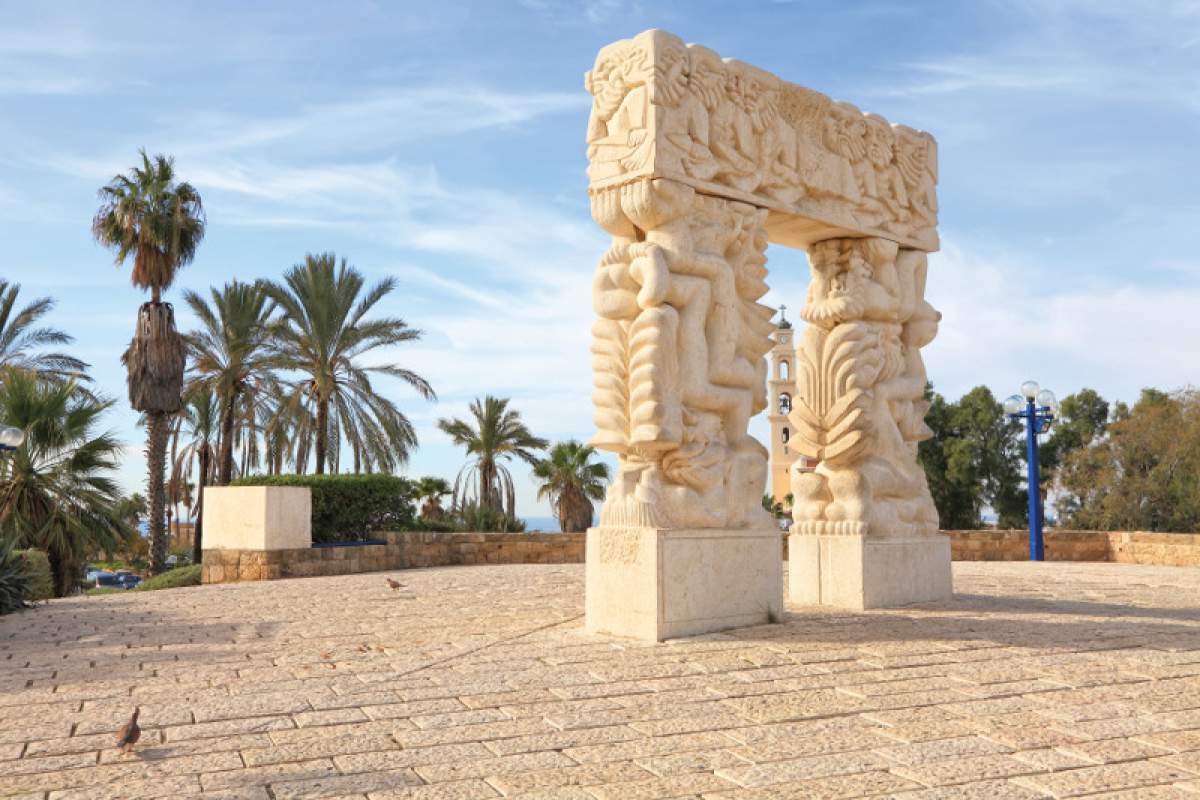
Eating and drinking in Tel Aviv
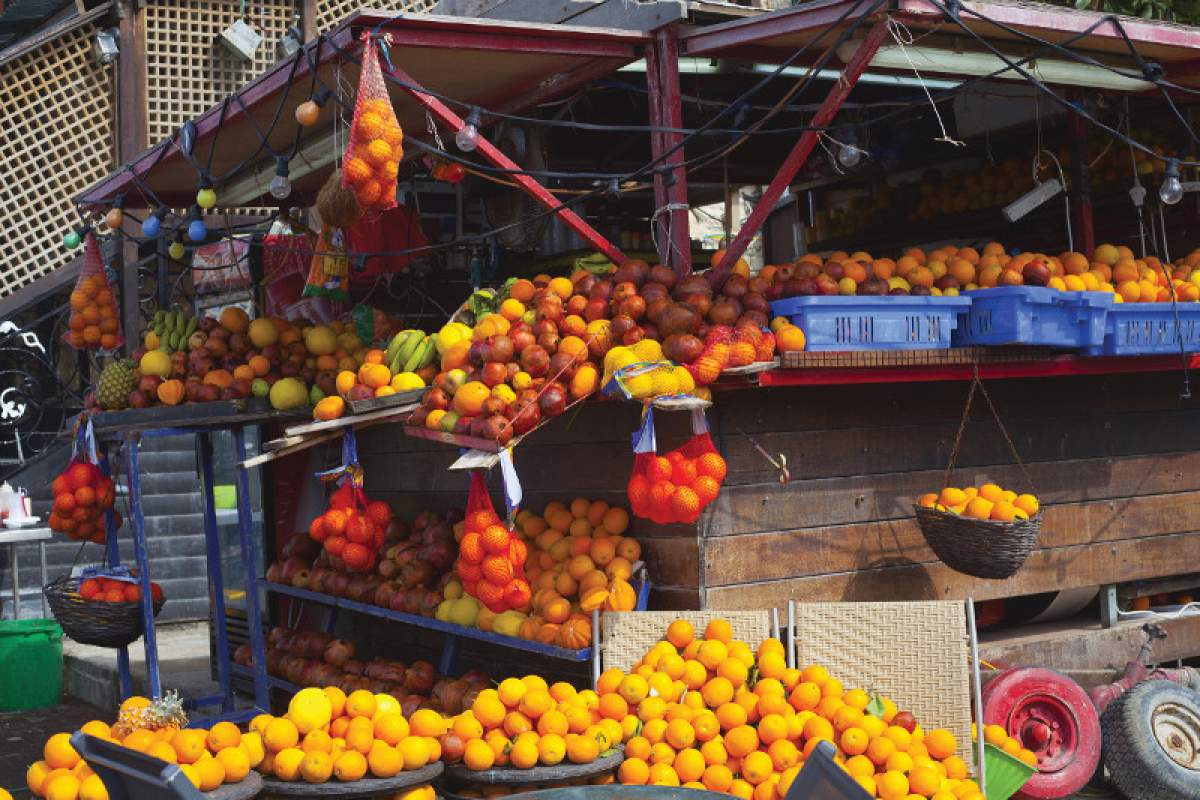
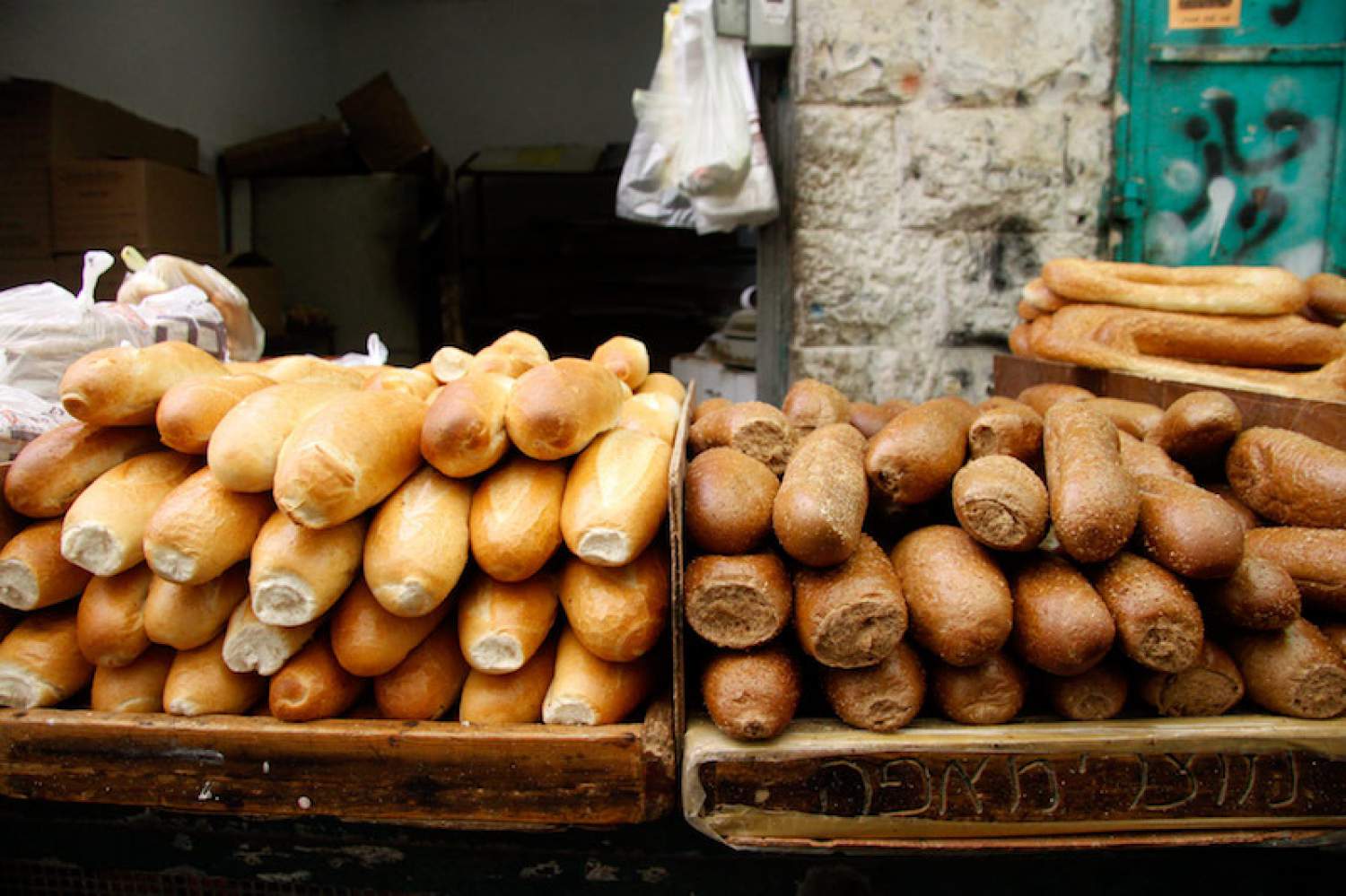
Few cities in the world have this many good restaurants and bars in such a small area, so finding a good bite to eat or a nice cocktail is pretty simple work. The exception to this is Old Jaffa, the ancient port city, which is more dedicated to large-scale restaurants for tour groups. Some of the beachfront options have surprisingly good food, especially the excellent hummus and falafel (an Israel-wide phenomenon) at Banana Beach restaurant, complete with beach loungers, umbrellas, and a selection of local micro-brew beers.
Coffee shops and lunch spots are best along Shabazi, Rothschild, and Allenby Streets, as are some of the best bars. In winter and spring, follow your nose to the mulled wine in Neve Tzedek, where even the dive bars are friendly and make a mean negroni. In summer, it’s hard to beat the cocktails in the sunshine along the waterfront, the view more than makes up for the watery drinks.
Once the pattern is established, the morning bagel, walks in the sunshine, lunch by the sea, cocktails in great bar, the art gallery exhibit, Tel Aviv becomes a very difficult city to leave.
Air Transit flies from Montreal and Toronto direct to Tel Aviv from June to October.
Cover photo credit: Drew Gough
The comments and contributions expressed are assumed only by the author. The recommendations, intentions or opinions expressed are not necessarily those of Transat AT Inc. or its affiliates. See terms of use of the Air Transat website.





